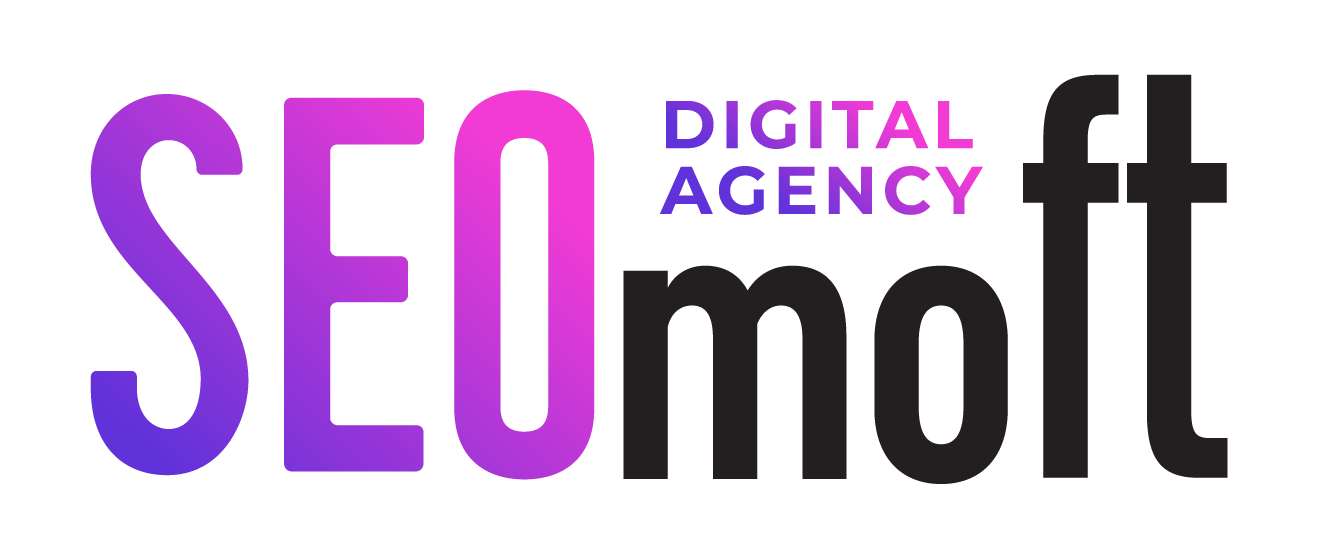SEO On-Page
- Analyzing your competitors strategy
- Delivering search result that meet user intent
- Adapting the latest trends
- Optimizing increase conversion
- Working on your conversion rate optimization
On-Page SEO Essentials

On-page SEO refers to the practice of optimizing web pages to improve a website’s search engine rankings and earn organic traffic. In addition to publishing relevant, high-quality content, on-page SEO includes optimizing your headlines, HTML tags (title, meta, and header), and images. It also means making sure that the website has a high level of expertise, authoritativeness, and trustworthiness.
On-page SEO is important because it helps search engines understand your website and its content, as well as identify whether it is relevant to a searcher’s query.
When it comes to SERP rankings and increasing organic traffic, simply creating and publishing content on your website isn’t enough – you must add value. This means, not only optimizing your content for search engines, but also for the human experience if you want to increase your visibility.
Website Architecture. Good architecture makes content easier for search engines and users to access and navigate. In 2021, success means going beyond having a neat and glossy design that sometimes can be a hindrance in terms of how search engines view and crawl your website. Ensure that you align your website architecture and design so your SEO efforts begin well and end well!
XML Sitemap. A sitemap is vital for good SEO practices, and SEO is vital in bringing in traffic and revenue to the website. Sitemaps are essential to having search engines crawl and index the website so that the content within it can be ranked within the search results. It will aid the user in navigating and understanding your website, but it will also help communicate with search engines. It is a vital part of getting spiders to crawl and index a website.
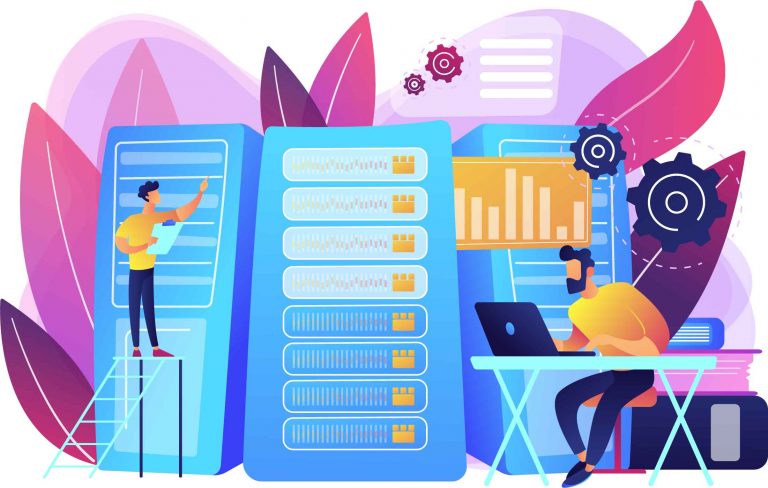
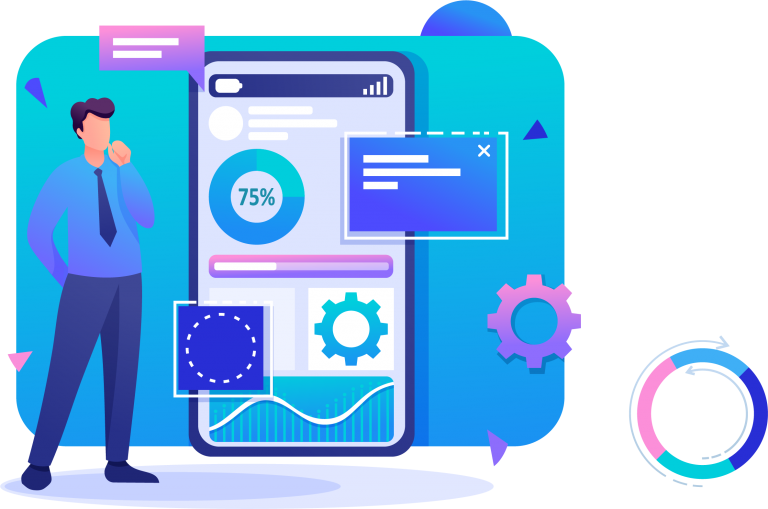
Schema Markup. Schema markup powers rich snippets, which often have higher clickthrough rates than ‘regular’ search results. That means more traffic to your site. However, the primary function of the markup is to help search engines better understand your content.
User Experience. It improves organic search marketing performance, helping websites rank well on the SERPs. Creating a site that is frictionless and that people enjoy is one of the fundamental ways of building popularity with users. When people share about a site, what they’re really sharing is the experience they had with that site. From attracting links, increasing page views, improving conversion rates and earnings, a site can’t lose by focusing on the user experience.
Steps To On-Page Search Engine Optimization
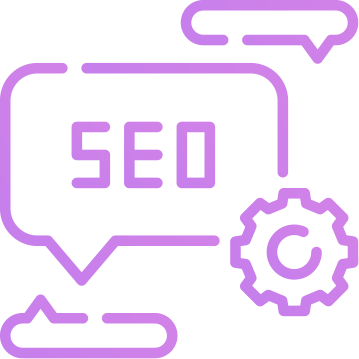
Page Content
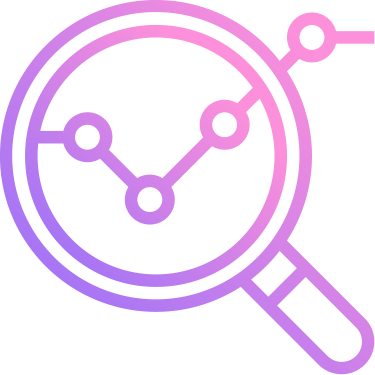
Title Tags & Meta
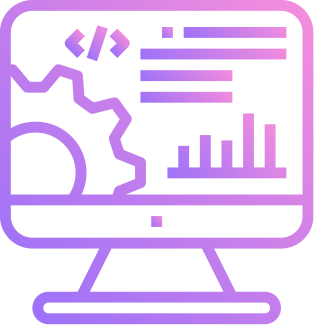
Headings

URL Structure
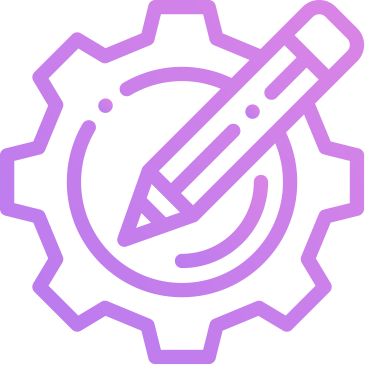
Alternative Text
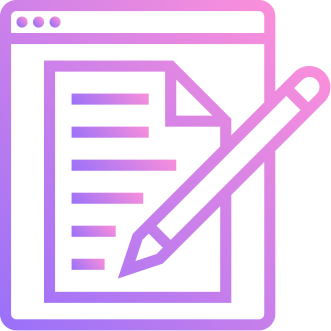
Internal Linking
Page Content
Your page has to provide value to searchers and be better than any other page Google has for it. In fact, our SEO experts believe that an ideal keyword density is around 1-2%. This means the target keyword appears about one to two times per 100 words. Publishing something that’s unique and valuable is a good starting point to get you to the first page of Google. But you want to stay there, your page has to satisfy Search Intent.
Title Tags & Meta
Your title tag has more potential than you might realize. It’s what people see if you were to pop up on Google. Title tags and meta descriptions are part of a wider set of meta tags in the HTML code that indicates the metadata of your page. This information is not displayed on the page itself but is processed by web browsers and search engines to figure out how to display information in search results pages (SERPs). Add keywords, keep them under 60 characters, and make sure your title tags are compelling. Well-written title tags and meta descriptions are informative for the user and can have a positive impact on the page’s click-through rate (CTR).
Headings
Your header tags provide structure and context for your pages. Make sure the information in your pages is well structured, and be sure to use the appropriate headers tags to display a consistent information hierarchy - H1, H2, H3, H4, etc. Your title should always be your H1, the main descriptive title of the page with primary keyword or phrase, followed by H2 with keyword variations. . Quality backlinks carry enormous weight and help bring your website to the top of a competitive SERP.
URL Structure
Shorter URLs are more readable, user-friendly, and easier to share. The proper use of URLs can also help improve click-through rates when links are shared. Don’t neglect the URL structure of your website! You only have to set it up right once. Once you structure things properly, just follow the best practices. Add your target keywords, think about URL length, avoid keyword stuffing, underscores, and special characters, limit irrelevant URL parameters and you’re good to go.
Alternative Text
You should always pay attention to image optimization. This includes image optimizing the size and quality, but also properly naming images with a descriptive file naming convention. Alt attribute helps screen-reading tools describe images to visually impaired readers and allows search engine bots to better crawl and rank your website. local SEO that has the potential to drive more targeted customers to your business.With our local SEO knowledge and action plans, you will get a complete audit of your online performance. SEOmoft helps your company to rank in Google SERP.
Internal Linking
Internal Linking When you link to other pages on your website, you ensure that search engine crawlers can find all your website’s pages. This especially comes into play if you are focusing on a topic cluster strategy for your content. With the right internal links, you’ll guide your visitors and Google to your most important pages. Spending time improving your site's internal linking strategy almost always drives noticeable gains quite quickly.
SEO On-Page Pro Tip
In addition to on-page SEO, you also need an off-page SEO strategy to help your overall website look more attractive to search engines. Off-page SEO is a form of link building through strategies like PR opportunities and backlinks.
On-page SEO relies on the actual content of the page which means that anything within the website can fall into the realm of potentially affecting SEO this includes text, metadata, multimedia content, HTML code, CSS, JavaScript, and more.
On-page SEO not only ensures high-quality content and better rankings but also requires continuous monitoring to improve. Be sure to track your metrics on a dashboard. It’s also important to keep in mind that rankings fluctuate each time content is indexed. This means what has dropped 2 positions today, could climb 5 positions next week. Make smart decisions and keep a close eye on changes.
